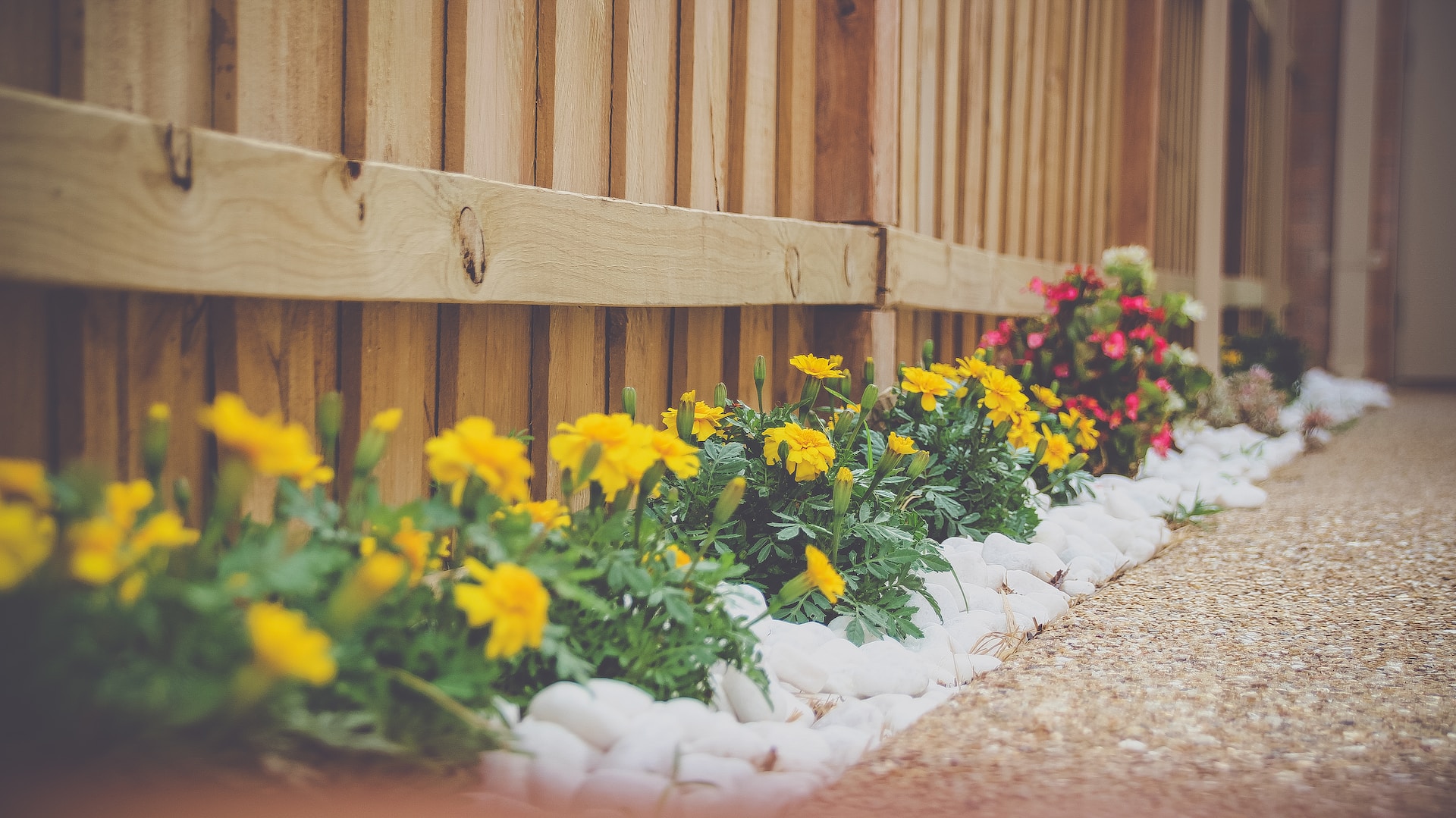Landscaping holds a special place. A well-manicured lawn, vibrant flower beds, and thoughtfully designed outdoor spaces can significantly enhance the curb appeal of your property, ultimately boosting its value. However, there’s a common misconception that landscaping is always a costly endeavor.
Setting a Realistic Budget for Your Landscaping Project
Before diving into any landscaping project, it’s crucial to assess your financial situation. Determine how much you can comfortably invest in your makeover and allocate funds for different landscaping elements. Research to understand the cost of materials and labor in your area. Remember that landscaping is an investment with long-term benefits, including increased property value and reduced energy costs.
DIY vs. Hiring Professionals
One of the first decisions you’ll face is whether to take the do-it-yourself (DIY) route or hire professionals. Each option has its pros and cons. DIY can save you money but can be time-consuming and may require acquiring specialized skills and equipment. Hiring professionals offers expertise and time savings but comes at a higher upfront cost. Consider finding a balance between the two, such as tackling smaller DIY projects and leaving complex tasks to the experts.
Planning and Design
A well-thought-out plan is essential for a cost-effective landscaping makeover. Create a rough sketch or design layout that includes your vision for the space. Prioritize essential elements and phases, and consider reusing and repurposing existing landscape features to minimize costs.
Cost-Effective Landscaping Ideas
- Low-Maintenance Plant Selection: Choose native plants and incorporate perennials that require less upkeep and watering.
- Mulching and Ground Covers: Discover the benefits of mulch and explore alternatives to traditional mulch to keep your garden healthy.
- Creative Hardscaping: Use inexpensive materials like gravel or recycled items for pathways and outdoor features.
- Sustainable Landscaping: Implement rain barrels and drought-tolerant plants, along with energy-efficient outdoor lighting.
- Edible Landscaping: Grow your herbs, vegetables, and fruit-bearing trees and bushes as a cost-effective way to enhance your outdoor space.
- Opt for Seed Instead of Sod: Save on your lawn by seeding it instead of laying sod, and follow expert tips for successful lawn seeding.
Smart Shopping Tips for Landscaping Materials
When shopping for landscaping materials, there are several strategies to keep costs in check:
- Timing: Take advantage of sales and discounts by timing your purchases strategically.
- Bulk Buying: Buy materials in bulk or from wholesale suppliers to enjoy cost savings.
- Comparison Shopping: Compare prices and quality to make informed decisions.
- Secondhand and Reclaimed Materials: Explore options for secondhand or reclaimed materials, such as recycled pavers or vintage garden furniture.
- Equipment Rentals: Rent equipment instead of buying to reduce upfront expenses.
Maintenance and Long-Term Cost Savings
To ensure your cost-effective landscaping makeover stands the test of time, regular maintenance is key. Preventing costly issues through timely upkeep, implementing eco-friendly maintenance practices, and investing in durable materials can save you money in the long run. Reevaluate and update your landscape as needed to keep it looking its best.
Conclusion
Landscaping on a budget is not only achievable but also rewarding. By setting a realistic budget, considering the DIY vs. professional balance, planning and designing thoughtfully, and implementing cost-effective landscaping ideas, you can enhance your outdoor space without overspending. Remember that landscaping is an investment that pays off in increased property value and long-term savings.
